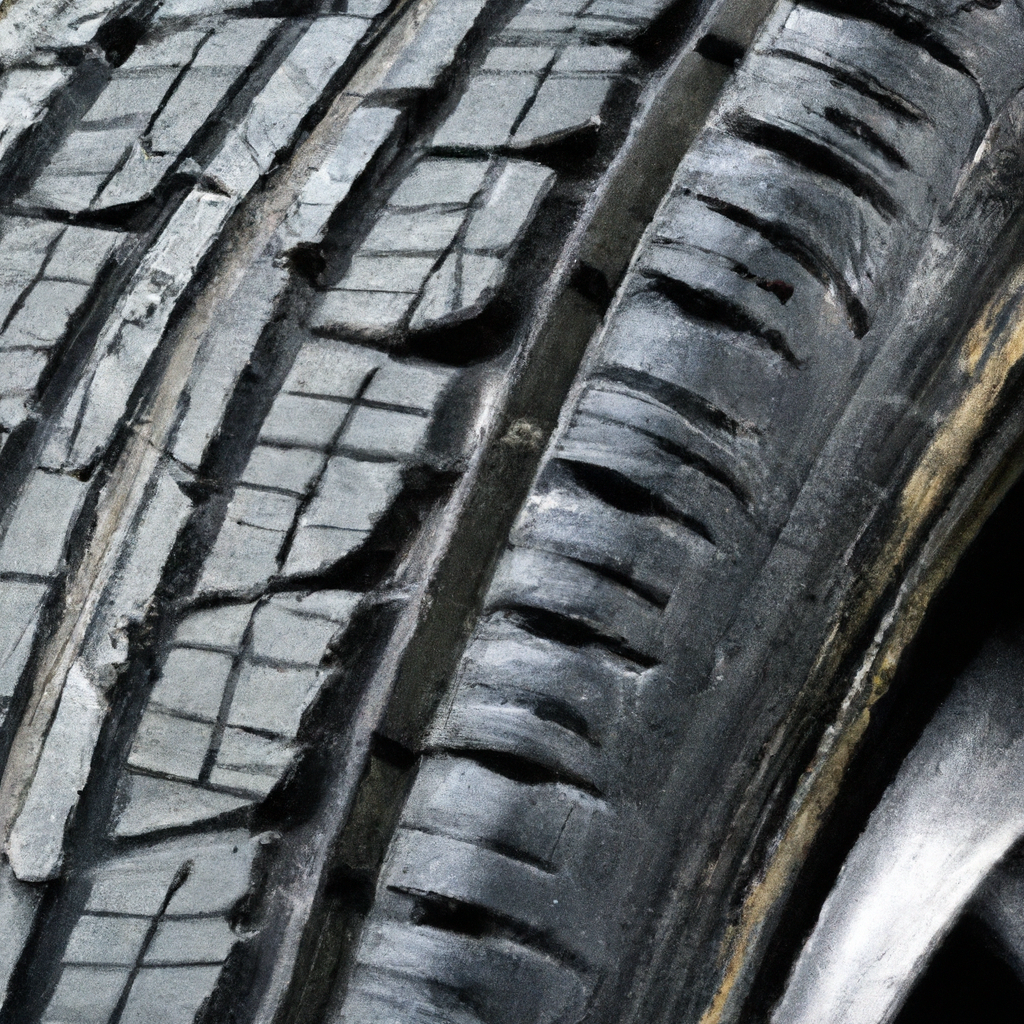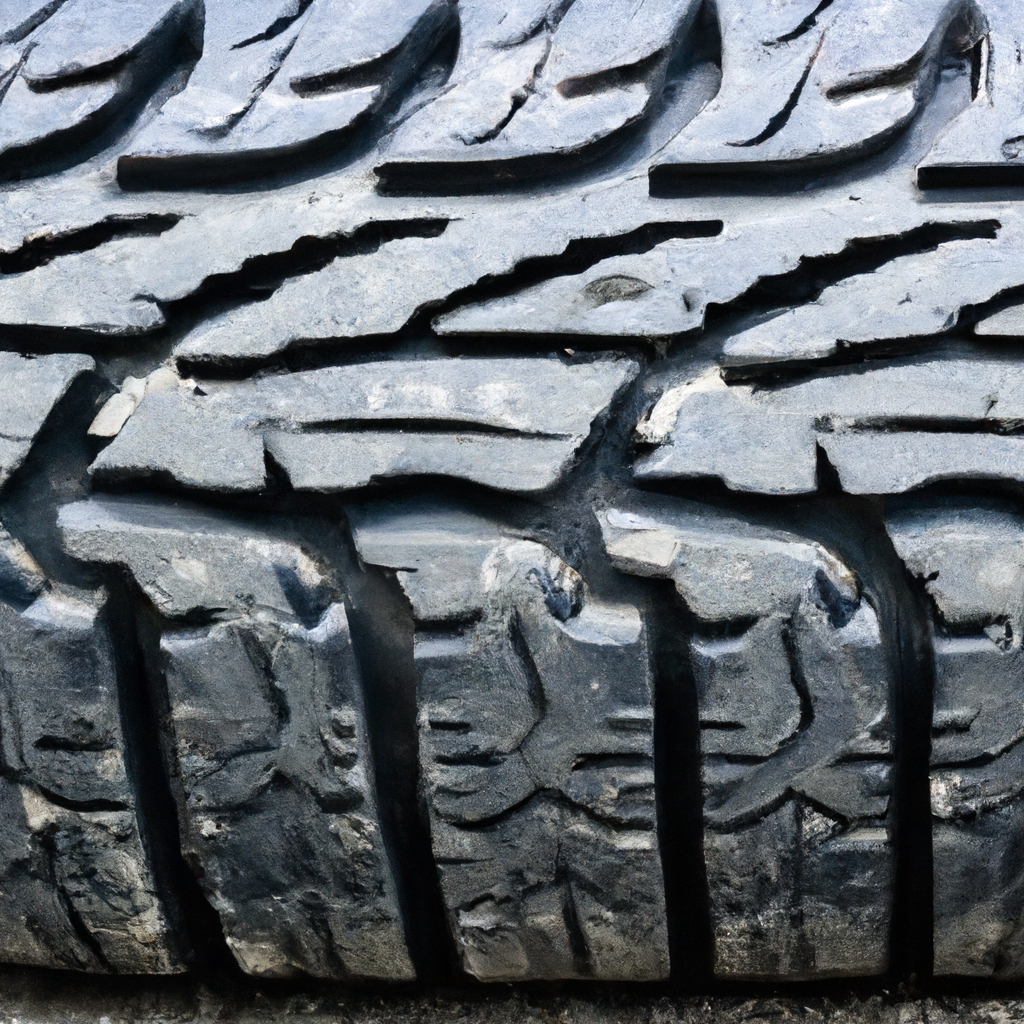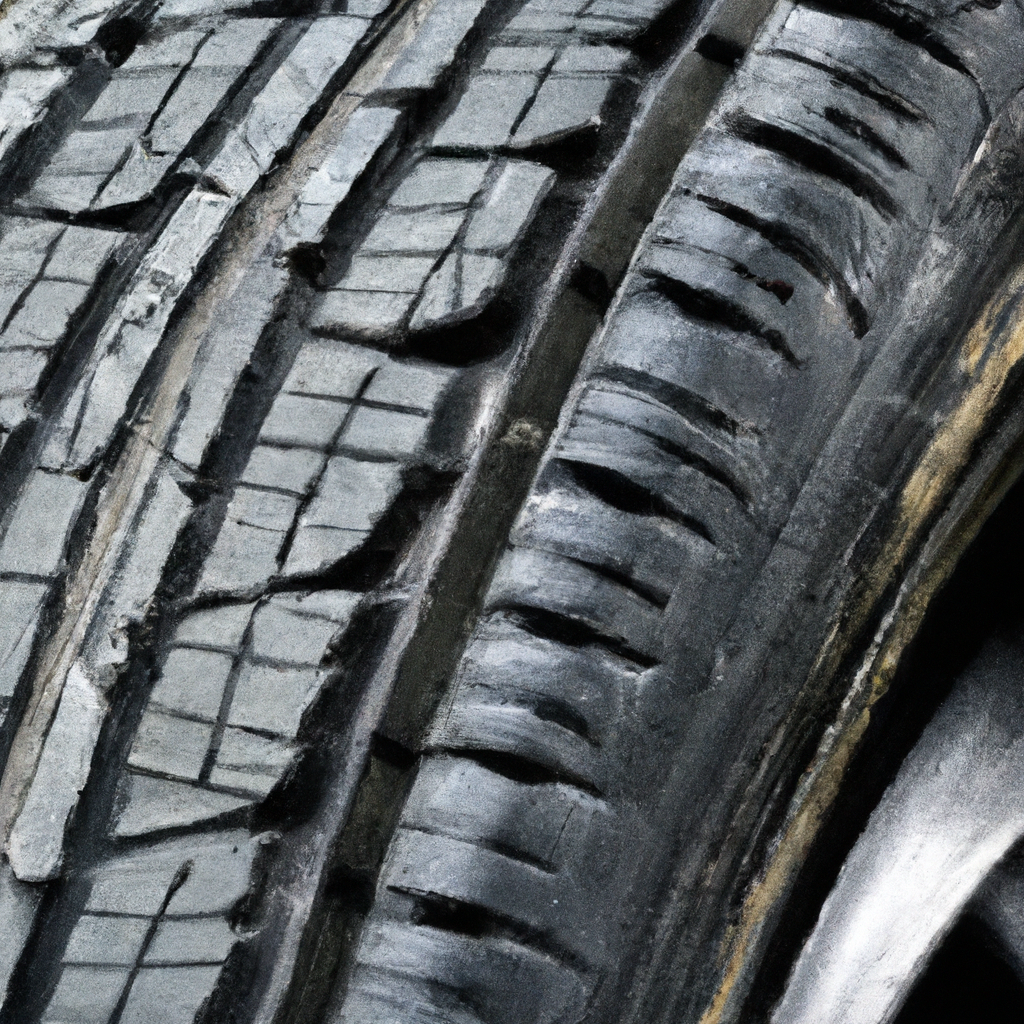In this article, we will explore the fascinating world of run-flat tires and their impact on tire noise and vibrations. Have you ever wondered how these innovative tires affect your driving experience? Well, you’re in the right place! From understanding the science behind run-flat tires to discovering their potential drawbacks, we will uncover the truth about tire noise and vibrations and how run-flat tires can make a difference. So fasten your seatbelt and get ready for an informative and engaging ride!

Introduction
In this article, we will delve into the world of run-flat tires and explore how they impact tire noise and vibrations. Run-flat tires, also known as self-supporting tires, are designed to keep you on the road even when you experience a puncture. They are equipped with reinforced sidewalls that can temporarily support the weight of the vehicle, allowing you to continue driving safely to a nearby service station or your destination. While the advantages of run-flat tires are well-known, it is important to consider their impact on tire noise and vibrations, as these factors can significantly affect your driving experience. Let’s dive in and explore the basics of run-flat tires, factors influencing tire noise and vibrations, the impact of run-flat tires on noise and vibrations, as well as the benefits and drawbacks of using run-flat tires in terms of noise and ride comfort.
The Basics of Run-flat Tires
Definition and Function of Run-flat Tires
Run-flat tires are designed with reinforced sidewalls that can support the weight of the vehicle even when the tire loses air pressure due to a puncture. This allows you to continue driving for a certain distance at a reduced speed without the need for immediate tire replacement or the inconvenience of changing a tire on the side of the road. The ability to remain operational even with a puncture provides an added layer of safety, particularly in situations where finding a safe location to stop and change a tire may be challenging.
Features and Types of Run-flat Tires
Run-flat tires come in various types, such as self-supporting run-flat tires and support ring system run-flat tires. Self-supporting run-flat tires have specially designed sidewalls that can temporarily carry the weight of the vehicle, while support ring system run-flat tires use an additional support ring attached to the wheel to keep the tire in shape when it loses pressure. Both types offer the same advantages of run-flat capability, providing drivers with peace of mind and a safer driving experience.
Tire Noise and Vibrations
Understanding Tire Noise
Tire noise refers to the sound produced by the tires as they come into contact with the road surface. It can be influenced by various factors, including the tread pattern, tire construction, road surface conditions, and driving habits. Excessive tire noise can be annoying and contribute to driver fatigue, impacting overall comfort and enjoyment during the journey.
Impacts of Tire Vibrations
Tire vibrations, on the other hand, refer to the oscillations or movements felt through the steering wheel or the vehicle itself. These vibrations can result from various factors, such as tire imbalance, improper wheel alignment, or uneven tire wear. They can lead to a decrease in ride comfort and may even cause accelerated wear and tear on other vehicle components.
Factors Influencing Tire Noise and Vibrations
Tire Construction and Materials
The construction and materials used in tires play a crucial role in determining their noise and vibration characteristics. Some tires are designed with noise reduction technologies and advanced tread compounds that minimize road noise and vibrations. Additionally, the overall design and composition of the tire, including the number of plies and the type of rubber used, can also affect noise levels and vibrations.
Tread Design and Pattern
The tread design and pattern have a significant impact on tire noise and vibrations. Different tread patterns produce varying levels of noise, with aggressive tread patterns often generating more noise compared to those with a quieter design. The size and spacing of the tread blocks also contribute to noise levels, as larger and more widely spaced blocks are generally quieter.
Tire Pressure
Maintaining the proper tire pressure is crucial for reducing both noise and vibrations. Under-inflated tires can increase rolling resistance, leading to more tire noise. Furthermore, they can cause uneven wear patterns, resulting in vibrations as the tire loses its balance. Regularly checking and maintaining the recommended tire pressure can go a long way in minimizing both noise and vibrations.
Alignment and Balancing
Improper wheel alignment and tire balancing can cause irregular tire wear, leading to increased noise and vibrations. Misalignment can result in tires scrubbing against the road surface unevenly, while an unbalanced tire can cause the vehicle to shake or vibrate at certain speeds. Regular wheel alignment and balancing can help prevent these issues and ensure a smoother, quieter ride.
Road Surface Conditions
The condition of the road surface plays a significant role in the generation of tire noise and vibrations. Rough or coarse surfaces can amplify noise levels, while smoother surfaces tend to be quieter. Therefore, the noise and vibrations experienced may vary depending on the road conditions you frequently encounter.
Driving Habits
Driving habits can also impact tire noise and vibrations. Aggressive driving, such as sudden acceleration or hard braking, can increase tire noise and cause excessive vibrations. Similarly, taking corners at high speeds or driving over potholes and speed bumps forcefully can also contribute to increased noise and vibrations. It is important to adopt smooth and responsible driving habits to minimize these factors.

Comparison of Run-flat Tires and Conventional Tires
Noise and Vibration Characteristics of Conventional Tires
Conventional tires, without the run-flat capability, have their own noise and vibration characteristics. The noise levels and vibrations can vary depending on the tire brand, model, and design. Some conventional tires are designed with noise-reducing features, such as advanced tread compounds and tread patterns aimed at minimizing road noise. However, the absence of the reinforced sidewalls found in run-flat tires can make conventional tires more susceptible to increased noise and vibrations when experiencing a puncture.
Differences in Noise and Vibrations with Run-flat Tires
Run-flat tires, due to their reinforced sidewalls, may exhibit slight differences in noise and vibrations compared to conventional tires. While the overall noise levels and vibrations are generally comparable between the two types, the run-flat capability may introduce a slightly different noise and vibration experience. However, advancements in tire technology and noise reduction measures have minimized these differences, making run-flat tires a viable option for those seeking a quieter and more comfortable driving experience.
Impact of Run-flat Tires on Noise and Vibrations
Noise Reduction Technologies in Run-flat Tires
Manufacturers of run-flat tires have implemented various noise reduction technologies to address the potential increase in noise levels caused by the reinforced sidewalls. These technologies include unique tread patterns, sound-absorbing materials, and innovative tire construction techniques. By employing these noise reduction measures, run-flat tires can offer comparable noise levels to conventional tires, ensuring a comfortable and quiet driving experience.
Noise and Vibration Testing for Run-flat Tires
Run-flat tires undergo extensive testing to assess their noise and vibration characteristics. This testing includes measuring decibel levels generated by the tires on different road surfaces and analyzing the vibrations experienced during various driving conditions. By conducting rigorous testing, manufacturers can fine-tune their tire designs and ensure optimal noise and vibration performance in run-flat tires.

Benefits of Run-flat Tires in Noise and Vibrations
Reduced Cabin Noise
Run-flat tires with noise reduction technologies can significantly reduce cabin noise, creating a quieter and more enjoyable driving environment. The enhanced tread patterns and sound-absorbing materials employed in these tires help to minimize both road noise and vibrations, allowing for a peaceful and comfortable ride.
Improved Ride Comfort
Run-flat tires, when equipped with noise reduction technologies and carefully designed tread patterns, can offer improved ride comfort. By mitigating excessive noise and vibrations, these tires enhance the overall driving experience, making long journeys more relaxing and enjoyable. With run-flat tires, you can confidently face those unexpected tire punctures without sacrificing your comfort on the road.
Drawbacks of Run-flat Tires in Noise and Vibrations
Increased Tire Noise
While run-flat tires have made significant strides in reducing noise levels, it is worth noting that they may produce slightly more noise compared to conventional tires when fully inflated. This increase in tire noise is primarily caused by the reinforced sidewalls and the trade-off for the added safety and convenience of run-flat capability. However, the noise levels are still within an acceptable range and may not be noticeable to every driver.
Harsher Ride Quality
In some cases, run-flat tires may result in a slightly harsher ride quality due to the stiffer sidewalls. The reinforced construction can transmit more road imperfections and vibrations into the cabin, potentially compromising the overall comfort of the vehicle. However, advancements in tire technology have greatly reduced this drawback, and many drivers find the difference in ride quality to be minimal.

Tips to Minimize Tire Noise and Vibrations with Run-flat Tires
Maintaining Proper Tire Inflation
Regularly checking and maintaining the recommended tire inflation pressure is crucial for minimizing tire noise and vibrations. Under-inflated tires are more prone to generating noise and vibrations, so proper tire maintenance is essential. Use a reliable tire pressure gauge and consult your vehicle’s manual or the tire manufacturer’s recommendations for the optimal pressure.
Regular Wheel Alignment and Balancing
Proper wheel alignment and tire balancing are important for reducing vibrations and ensuring a smooth ride. Misaligned wheels and unbalanced tires can cause excessive noise and vibrations, impacting the overall comfort of the vehicle. Schedule regular wheel alignment and balancing services to minimize these issues.
Choosing the Right Run-flat Tire
When selecting run-flat tires, consider the noise reduction technologies and features offered by different brands and models. Look for tires that prioritize noise reduction and comfort while still maintaining the run-flat capabilities. Reading reviews and seeking expert advice can help you choose tires that strike the perfect balance between safety, performance, and comfort.
Driving Smoothly and Responsibly
Smooth and responsible driving habits can greatly contribute to minimizing tire noise and vibrations. Avoid sudden accelerations, harsh braking, and aggressive cornering, as these actions can increase noise levels and vibrations. By adopting a calm and controlled driving style, you can enjoy a quieter, more comfortable ride with run-flat tires.
Conclusion
Run-flat tires offer a host of benefits, including their ability to keep you safe on the road in the event of a puncture. While they may have a slight impact on tire noise and vibrations, advancements in tire technology have minimized these differences. With noise reduction technologies and careful design considerations, run-flat tires can provide comparable noise levels to conventional tires, along with improved ride comfort. By selecting the right run-flat tire, maintaining proper tire inflation, and adopting responsible driving habits, you can further minimize tire noise and vibrations, ensuring a pleasant and enjoyable driving experience.


